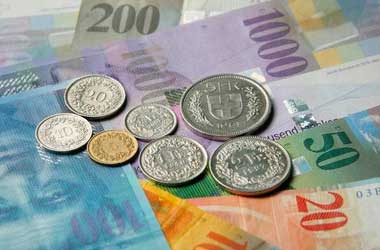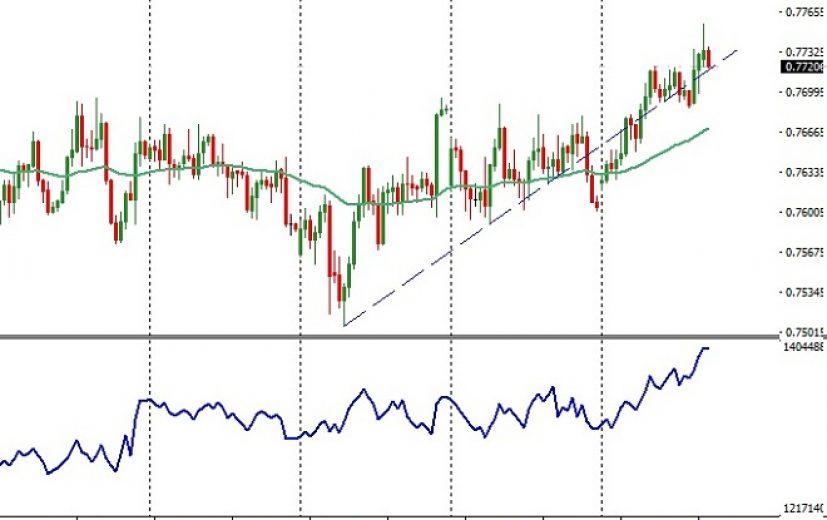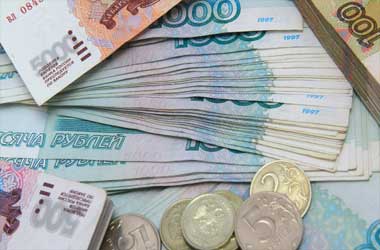 In August most forex analysts predicted an uptrend in the AUD/CHF pair, on the basis of a recovery in the price of iron ore, which is the top most export revenue earner of Australia.
In August most forex analysts predicted an uptrend in the AUD/CHF pair, on the basis of a recovery in the price of iron ore, which is the top most export revenue earner of Australia.
The forecast was also made on the basis of the narrowing of Switzerland’s trade surplus. It also underlined an interest in opening a long trade near 0.7580, with a target of 0.7720.
As anticipated, in a week, the currency cross hit 0.7700 levels, and ensured a profit in both trades. Now, on the basis of the latest economic data, we anticipate the AUD/CHF pair to rise further in the days ahead.
The University of Western Australia
According to the Australian Bureau of Statistics, the Australian unemployment rate was unchanged at 5.6% in August, compared with July. The reported unemployment rate was in line with analysts’ estimates. Surprisingly, the economy added 54,200 jobs in August, versus market’s expectations of a mere 17,500. In the previous month, the economy had added an upwardly revised 29,300 jobs. Notably, full-time jobs rose by 40,100 and accounted for the bulk of the gain. The number of part-time jobs increased by 14,100.
According to Su-Lin Ong, an economist at RBC Capital Markets Ltd, the Reserve Bank of Australia would be closely watching the employment trend, while keeping the interest rates on hold in the foreseeable future. Furthermore, a recent poll indicates that a majority of analysts expect the RBA to raise rates in the second-half of 2018.
While the strong economic data keeps the Aussie strong, the Swiss National Bank’s statement is expected to keep the Swiss Franc weaker.
As anticipated the SNB kept the interest rates unchanged at -0.75%, during the monetary policy meeting held on Tuesday. However, the SNB stated that the Swiss Franc still remains highly valued in the Forex market. The Swiss Franc had dropped by 6% so far this year against the Euro.
The SNB prefers the Franc to decline further against its rivals, in order to achieve an inflation rate of about 2% and boost economic growth. The central bank has recently cut its GDP growth forecast to 1%, from 1.5% predicted earlier. To increase inflationary pressure, the central bank uses a combination of physical and verbal intervention to keep the Franc weak. In its policy statement, the SNB stated clearly that it would continue to adopt the intervention strategy to weaken the Franc. Thus, fundamentally, we can expect the AUD/CHF pair to rally further.
The AUD/CHF pair is trading above its 50-period EMA. The pair continues to move along the ascending trend line and the on balance volume indicator is making new highs. That confirms the bullishness in the currency pair. On the upside, the next resistance is expected at around 0.7870.
To benefit from the impending breakout, we are planning to open a long position near 0.7680, with a stop loss order below 0.7560. The profit would be booked near 0.7870.
By investing surplus funds in a high or above option, we hope to gain from the analysis. A strike price closer to 0.7680 is preferred. Additionally, a date around September 22nd is ideal for the expiry of the option.





